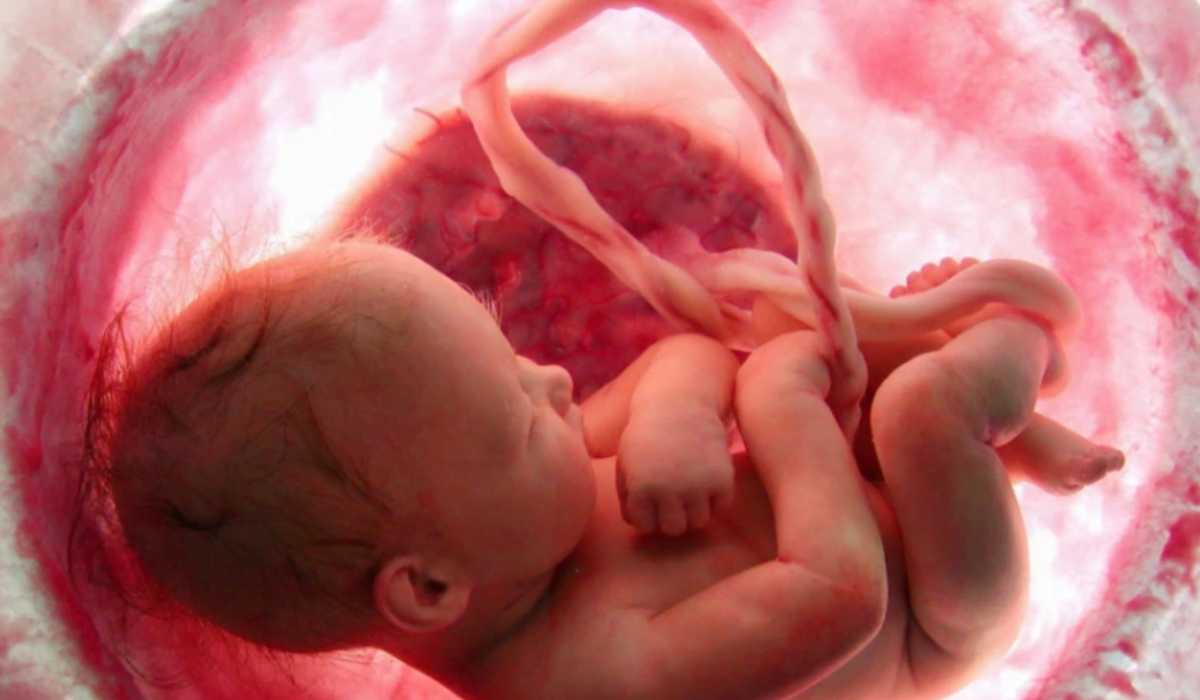In 2021, There have been some outstanding developments around the globe. The White House now has a female vice-president. The world is battling a deadly virus with vaccines made by the scientific contributions of women. Big strides have been made. We presume that there remain little roadblocks in her life in contemporary times. But in reality, we couldn’t have been more wrong. While women continue to progress in their fields, their mere presence in the womb is diminishing due to female feticide.
Nature has never been partial towards any gender. However, social norms have dictated otherwise. This is the reason why female feticide in India has led to nearly 4.6 crore females ‘missing’ in 2020.
As per a report by United Nations Population Fund (UNFPA), female feticide reasons in India range from a preference for a son to gender inequality due to an existing patriarchal structure.
Due to this scenario, India accounts for one-third of the total 142.6 million missing females in the world. Female feticide in India now ranks second after China and this shocking number explains the extend of sex-ratio imbalance at birth. This is due to illegal pre-natal sex determination and excess female mortality stemming from post-natal sex-selection.
The onus of producing a male heir is on the women:
Partiality towards male babies doesn’t just occur at birth, but it exists as an entire system. This system forces mothers to produce male heirs, and in failing to do so, undergo female feticide. This is one of the biggest female feticide reasons. Take this example of a woman who had to lodge a police complaint following abuse and torture by her husband for giving birth to a daughter. Such stories of women facing abuse at home, and being forced to undergo multiple pregnancies are rampant. This practice is silently overlooked and continues through the generations.
In another case, a woman in Rajasthan (anonymous) was forced to give birth to eleven kids. She could put a halt only when she gave birth to a son at the age of 42. Social stigma for not having a male heir to carry the family name haunted her. It is reasons like these and many more that add to female feticide in India.

Where does India stand now?
As stated earlier, stigma, taunts, and abuse from both family members and society often become female feticide reasons. Sometimes even women aid in the heinous act due to financial constraints and dependency. Adding a daughter to the family will result in another mouth to feed along with the burden of dowry. This thought could deteriorate the parent-child relationship leaving the girl child vulnerable to sexual abuse. The female feticide in India carries on for these many reasons and much more.
Statistics show that India’s sex ratio at birth (the number of girls born alive for every 1,000 boys) had fallen from 946 in 1949 to 887 in 2014.
Source : Population Census 2011
The effect of the same extends beyond the womb and birth. The country’s child sex ratio is also at its lowest since Independence. In 1947 it stood at 914 girls (below age 6) per 1000 boys. As per a report by IndiaSpend, increasing income levels lead to fewer girls being born. Families now had access to sex-selective procedures such as amniocentesis. This partly explains female feticide in India.
What does the Female Feticide Act say?
Female feticide is not new in India and it is a social evil. The Indian government recognized it and passed the Pre-natal Diagnostic Techniques Act (PNDT) in 1994 also known as the Female Feticide Act. This act essentially banned prenatal sex determination.

The ambit of the law extended to genetic counselling, laboratory and clinics engaged in counselling or conducting pre-natal diagnostics techniques. The centres often involved in procedures like in vitro fertilization (IVF) with the intention of sex selection before and after conception also comes under the purview of the PCPNDT Act. Sex determination is strictly banned across the country to stop female feticide in India. It aimed to prevent sex detection after conception and sex-selective abortions by wrong-fully using prenatal sex diagnosis. Those found guilty can face up to three years of jail term and a penalty of up to Rs 50,000.
The walk ahead to eradicate female feticide:
Even though the female feticide act banned prenatal sex determination some experts argue that it shifted the responsibility. It made medical institutions liable for the prevention of female feticide. It succeeded in spreading awareness but societal mindset change remains to be seen. Slow or absence of prosecution of those found guilty added to the problem. The need of the hour rests on society mending its ways. It needs to stop seeing female babies as burdens or lesser beings. This calls for an overhaul of the existing patriarchal system and timely reporting of the crime. Surprisingly, the majority of the women are unaware of the helpline numbers available for their service. It’s our duty to educate, empower and encourage them to stand up against this felony. By doing this, we shall see India progress to an equal society.

